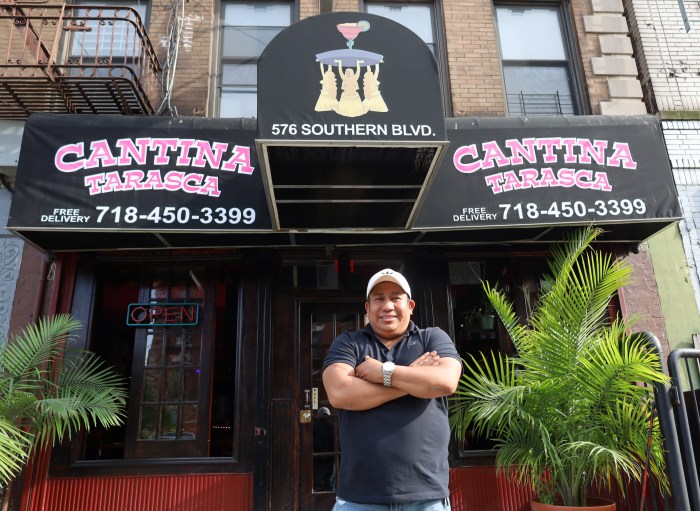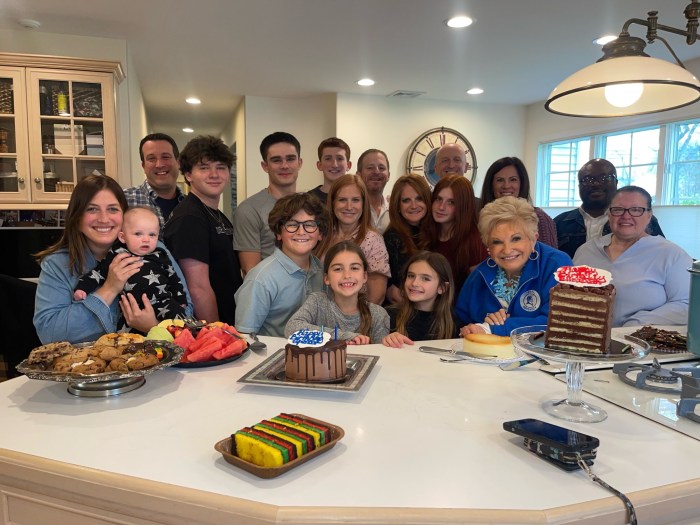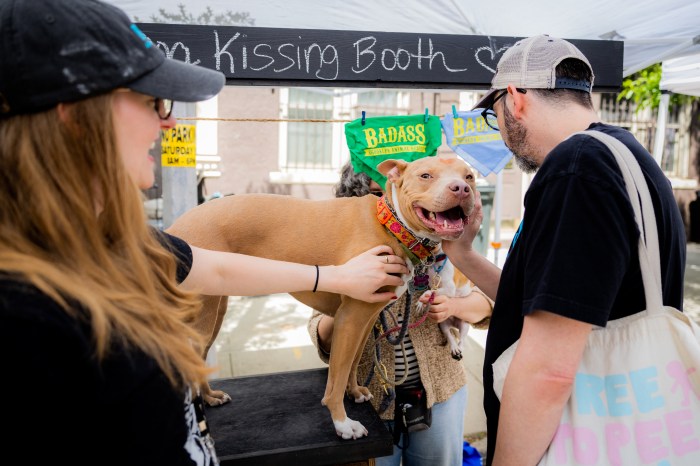
The controversy over stop-and-frisk in New York City has prompted many of us to think about policing in minority neighborhoods. How can police prevent crime — especially assaults involving weapons — in a way that is respectful and acceptable, rather than demeaning and provocative, to a population largely comprised of young men of color?
New York City’s drama played out in the courts, with former Mayor Michael Bloomberg and former Police Commissioner Ray Kelly opposing a suit that sought to modify stop-and-frisk procedures on the grounds that they were discriminatory. Mayor Bill de Blasio and Police Commissioner William Bratton have dropped the city’s opposition to the suit and announced they would reform the practice.
Outside New York City, a promising trend has emerged that brings police and inner-city youth together to debunk stereotypes in that relationship and build understanding of each other’s roles. Called the Youth and Police Initiative, the program aims to build trust between two groups that typically have had little one-on-one contact. And where that effort to break down the walls of distrust and demonization succeeds, a drop in crime rate follows, according to some of the communities that have tried it.
The Yonkers Police Department has several years experience with the initiative. “I was not a believer at first,” says Yonkers Police Commissioner Charles Gardner. “But then I saw a transformation in the kids.” The program uses role-play, with teenagers playing the part of police officers and vice-versa. Gardner said that “the officers are shocked” when the kids act the way they think police officers behave.
Gardner’s deputy, Chief Francis Intervallo, says he has seen some of the most grizzled officers share personal stories with the kids. “This basically humanizes the officers in the eyes of the teenagers,” Intervallo says. “They learn to see the cop as someone with a family, with problems, who’s trying to earn a living.”
A concrete example of how trust is created, explains Intervallo, is when the kids understand why an officer insists that he “can’t let you stand behind me,” a basic rule of street patrol. “It’s an eye opener for the officers” when they realize the teens had not understood that before, says Intervallo.
But how does this play out after the weeklong program is over and everyone is back on the streets? Paul Lewis, head of training for the Youth and Police Initiative, explains that first the police officer’s rethink their perceptions. It occurs to the officers that “maybe these kids aren’t all lazy and on drugs.” And then behavior follows. “Instead of jumping out of the patrol car and throwing the kid up against the wall,” Lewis says, “the officer might say that there’s been a complaint of suspicious behavior and ‘We gotta check it out.’ “
When describing the changes in Yonkers, Intervallo says: “If we’re called to a scene and one of the kids who’s been through the program is there, it defuses the situation immediately.” Fewer complaints are phoned in to 911 from the housing complexes where the kids have gone through the program live, and the re-arrest rate for those who have been through the program is lower than for teenagers who haven’t.
There are some police departments looking at possibly implementing the program, including the Hempstead Police Department, which is being briefed on it.
And New York City? Stay tuned. But it turns out that knowing the people who share your streets reduces crime and eases community tensions.
Peter Goldmark, a former budget director of New York State and former publisher of the International Herald Tribune, headed the climate program at the Environmental Defense Fund.

















